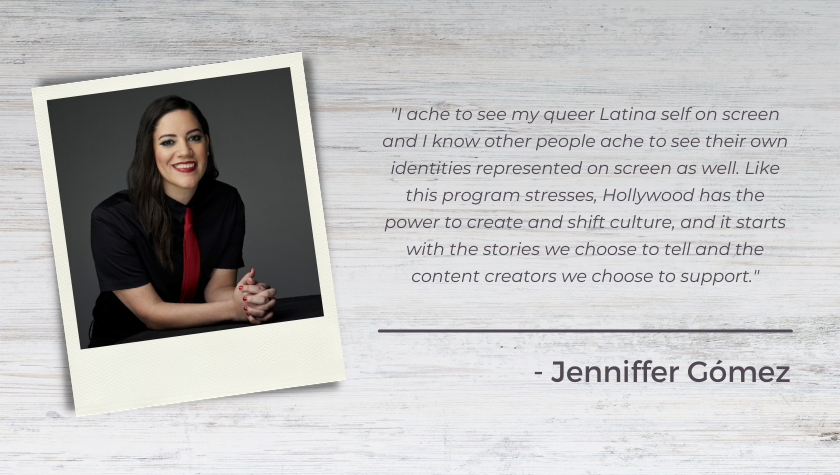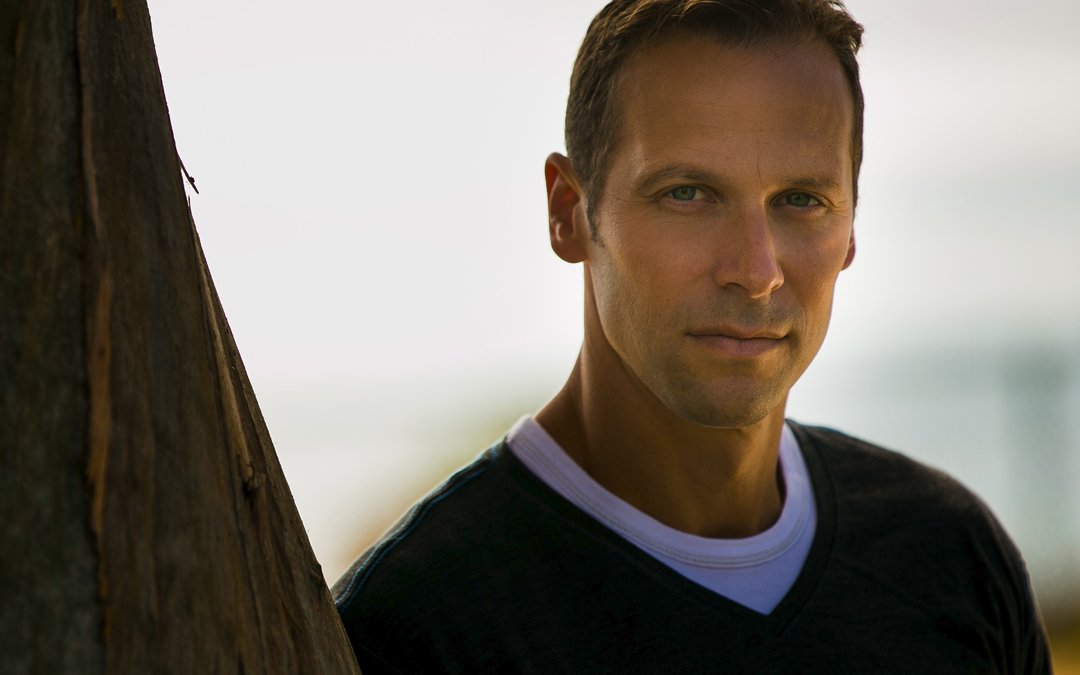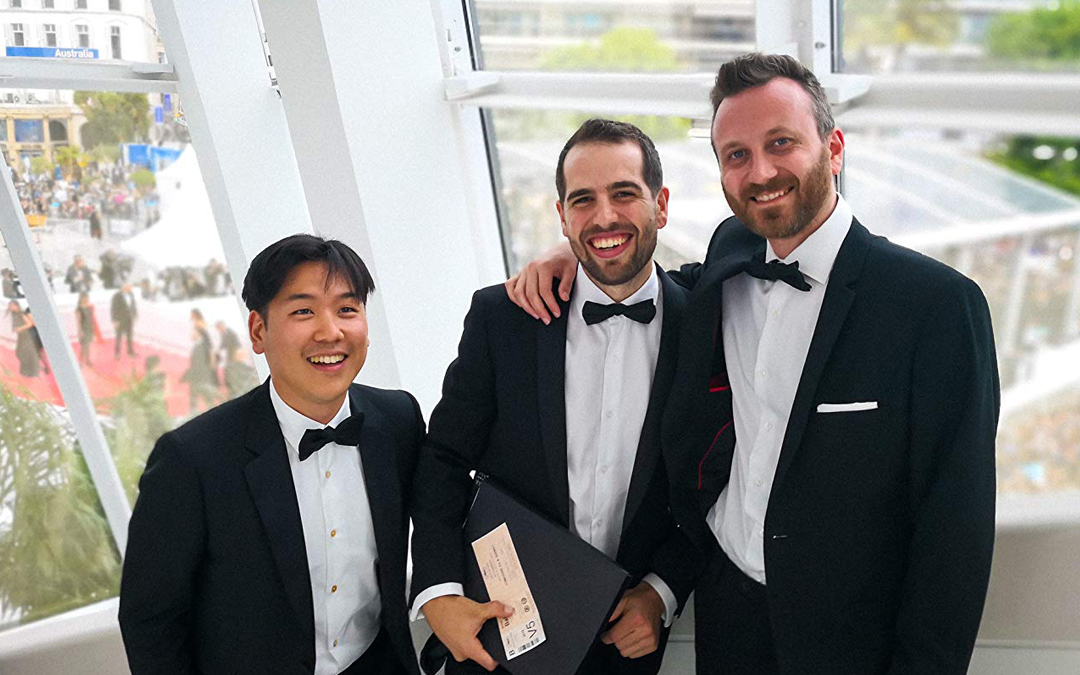Stars Come Together For The ‘Saturday Night Seder’ In Benefit of The Coronavirus Emergency Response Fund
July 13, 2020
Even by COVID-19 quarantine standards, Saturday Night Seder was a unique first. Independently produced as a streaming Passover Seder, the musical brought together a wide array of talent such as Idina Menzel, Ben Platt, Whoopi Goldberg, and Dan Levy (of Schitt’s Creek fame) to share the Jewish tradition with community; a literal physical impossibility during quarantine.
The production, co-executive produced by Benj Pasek, has raised over $3 million to date for the CDC Foundation’s Coronavirus Emergency Response Fund. Not bad for a self-titled “ragtag mix” of writers who were quickly thrown together to create a seamless 70-minute production in just over two weeks.
“Most of us hadn’t worked with or known each other before,” says writer Sas Goldberg, along with fellow scribes Alex Edelman and Mark Sonnenblick (the rest of the writing team includes Hannah Friedman, Josh Harmon, Adam Kantor and Michael Mitnick). Pasek, who also wrote, was the common link that recruited the team.
Despite the quick turnaround, Edelman says the writers took a lot of time to think about what it was they wanted to create and how they wanted to construct their own idea of a Seder before launching into production. The writers spent more than a week breaking the story in writers’ rooms on Zoom, then continued working ‘round the clock during the entire two-and-a-half-week process.
“We had to figure out how to adapt the Seder and Haggadah into a dynamic production that could be accessible to people who didn’t know what a Seder and Haggadah were,” says Edelman. “I’m fiercely traditional, so there were things I wanted to keep, and it was about figuring out the balancing act of what people wanted and how it could work.”
When they nailed down what they wanted to do with the special, Edelman said that’s when they were then able to bring on the cast.
However, given the time constraints, a lot of casting was done on the fly. “We started to get a lot of calls from various people,” says Goldberg. “So it was like, ‘Okay, where can we fit this person?’ So that became a part of the game as well.”
“What I think is really beautiful and helpful about this, is a Seder is already a story,” says Sonnenblick. “There are rituals and traditions that occur, so there is this built-in structure to the evening. As people began to join the production, we could see where they could fit in.”
When it came to challenges, Edelman says the main one was trying to fit the writing with the reality of production. “That was hard, figuring out how to make that work,” he says. “We had to figure out on the fly what was possible, what we wanted, and what was in the middle.”
“Because none of us knew how to put this thing together,” added Sonnenblick. According to Goldberg, scheduling was another hurdle to tackle.
“[Because we were in quarantine] we all had different schedules. Since it wasn’t a traditional writers’ room, everyone had different hours. Some were in other writers’ rooms, some of us have kids,” she says. Writers didn’t have a set time to put together the story, so they would hop in when they could. “It’s like, ‘I have 40 minutes while I’m cooking dinner’ and we would make it work.”
Which they did. Goldberg recalls making tomato sauce while she was hopping on a Zoom call and watching Idina Menzel sing “The Four Questions” on the special. “I was at the stove and watching this goddess sing.”
Thanks to the untraditional production process, Sonnenblick says there wasn’t any “structure hierarchy involved.”
“We worked like, ‘You write this, you work on this. Who’s free tonight to work on this? Where are we at tonight? We need rewrites, who wants to do them? Who’s free?’ We kinda worked with inflexible flexibility,” he says.
“There was no ego and there was no space for ego,” added Goldberg. “We had a moving target, so there was no time for ‘that’s my piece.’”
From a creative standpoint, Edelman says the project was “truly fulfilling.”
“There isn’t someone on the creative side who doesn’t have their handprint on this,” he says. The trio believe that quarantine had a special role in bringing them and this project together.
“We were all in different places, we all had different times on our hands. As a songwriter, I wouldn’t have had the opportunity to work with Sas and Alex, who are actual writers,” says Sonnenblick. “I had never been on a writing staff like this before, so getting to learn from amazing writers and be a part of that team wouldn’t have happened under normal circumstances. We operated under, ‘we’re not in the same place, this isn’t the traditional makeup of a group, but we were able to still collaborate.’ Yes, [right now] we’re weirdly separate, but what I’ve found during COVID is that we are able to have connections with each other that we wouldn’t have had before.”
Edelman says that thanks to the different skill sets of the writers, they all took something away from the process. “I think the song writers learned how to write comedy, and the comedic writers learned more about storytelling. I think we all rubbed off on each other during the two weeks.”
Goldberg says the process really changed her as a writer. “It brought back the child in me who loved theatre camp and cast parties. It was a group of people who were coming together for something bigger than themselves—and it was inspiring.”
Written by: Brianne Hogan
Brianne Hogan is a freelance writer currently based in Prince Edward Island. A film studies graduate from NYU, her byline's been featured in Creative Screenwriting, ScreenCraft, The Huffington Post, among others. "Jurassic Park" is unashamedly her favorite movie (at this moment). You can follow Brianne on Twitter via @briannehogan- Topics:
- Discussing TV & Film




